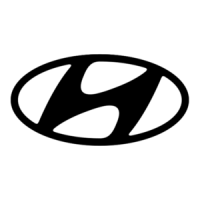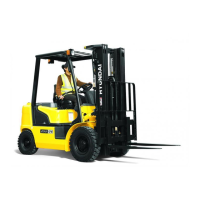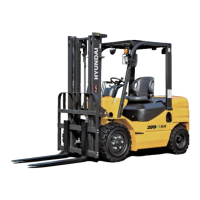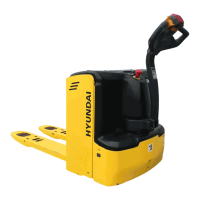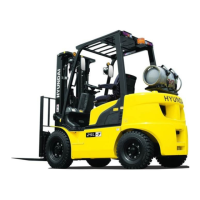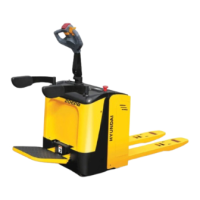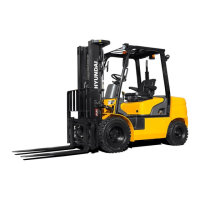EC Declaration of conformity - update 05/01/’10
1. We hereby declare that the following machine comply with the machine directive 2006/42/EC,
EMC-directive 2004/108/EC, Non-road mobile machinery emission directive 97/68/EC (amended by
2002/88/EC, 2004/26/EC, 2006/105/EC) and noise emission 2000/14/EC (amended by 2005/88/EC).
Forklifts Model :
Serial Nr. :
*******
***
2. Manufacturer Hyundai Heavy Industries Co. Ltd.
1 Chonha-Dong, Dong-Ku
Ulsan
The republic of Korea
Hyundai Heavy Industries Europe N.V.
Vossendal 11
2440 Geel
Belgium
Authorized representative :
Owner of the technical fi le for
machine production.
(TCF : Technical Construction File)
3. Harmonized European directives : ISO3691-1.3, ISO 20898:2008, EN ISO 2867:2008
4. Noise level :
Certain n
˚
:
Date :
Conformity assessment procedure :
Authorized entity :
Engine power :
Guaranteed sound power level :
e13*2000/14*2005/88*0059*08
2009-06-17
Attachment VIII following the periodical inspection on technical
extended with “Information on the scope of delivery” by TÜV
Rheinland.
Société Nationale de Certification et d’Homologation s.à r.l
CE0499 11, route de Luxembourg
5230 Sandweiler
Luxemburg
*** kW
*** dB (A)
5. Remarks
*****
Managing Director
Geel, Belgium
**/**/****
